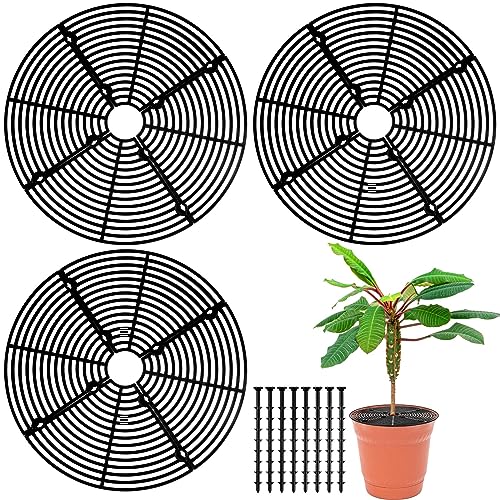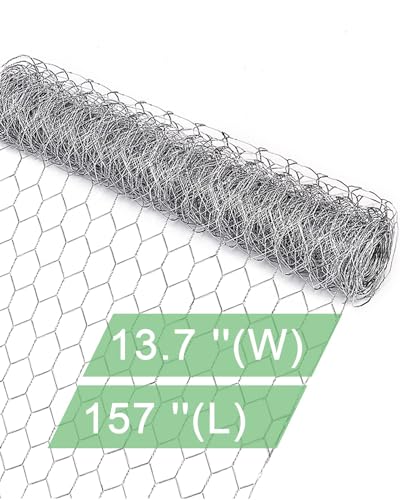6 Surprising Plants That Are Toxic for Your Dog (Plus 1 You Should Plant as a Treat!)
Plant parents with fur babies, these are the plants you should never grow in your garden if you want to keep your dog safe.


Like so many avid gardeners with a dog permanently in tow, I always assumed that my two loves could peacefully coexist. But the truth is, plenty of common garden and houseplants can be unsafe – even toxic – for dogs. Some cause mild stomach issues. Others can lead to serious reactions that need immediate veterinary care.
How to create a dog-friendly garden, then? Well, the easiest and most obvious answer is to be aware of the kinds of plants you have and which are poisonous to dogs, because let’s face facts; it’s almost impossible to keep a dog out of the garden. Whenever my back is turned, my own personal hellhound takes it upon himself to do a spot of digging… and he’s not opposed to gobbling up whatever he finds out there, either.
Now, somewhat frustratingly, many of the most dangerous plants for dogs are also some of the most popular. So, with that in mind, here are six surprisingly risky plants you might have in (or near) your home, as well as one fantastic dog-friendly plant you should grow instead.
1. Sago Palm
Sago palms (Cycas revoluta) are trendy, sculptural, and everywhere in warmer USDA hardiness zones, but they’re also one of the deadliest plants for dogs.
Every part of the plant is toxic, especially the seeds. Even a small nibble can cause vomiting, liver damage and, in severe cases, be fatal. So, if you have a pooch you love, keep sagos far away from your yard and avoid them as indoor plants. It’s just not worth the risk.
2. Aloe Vera
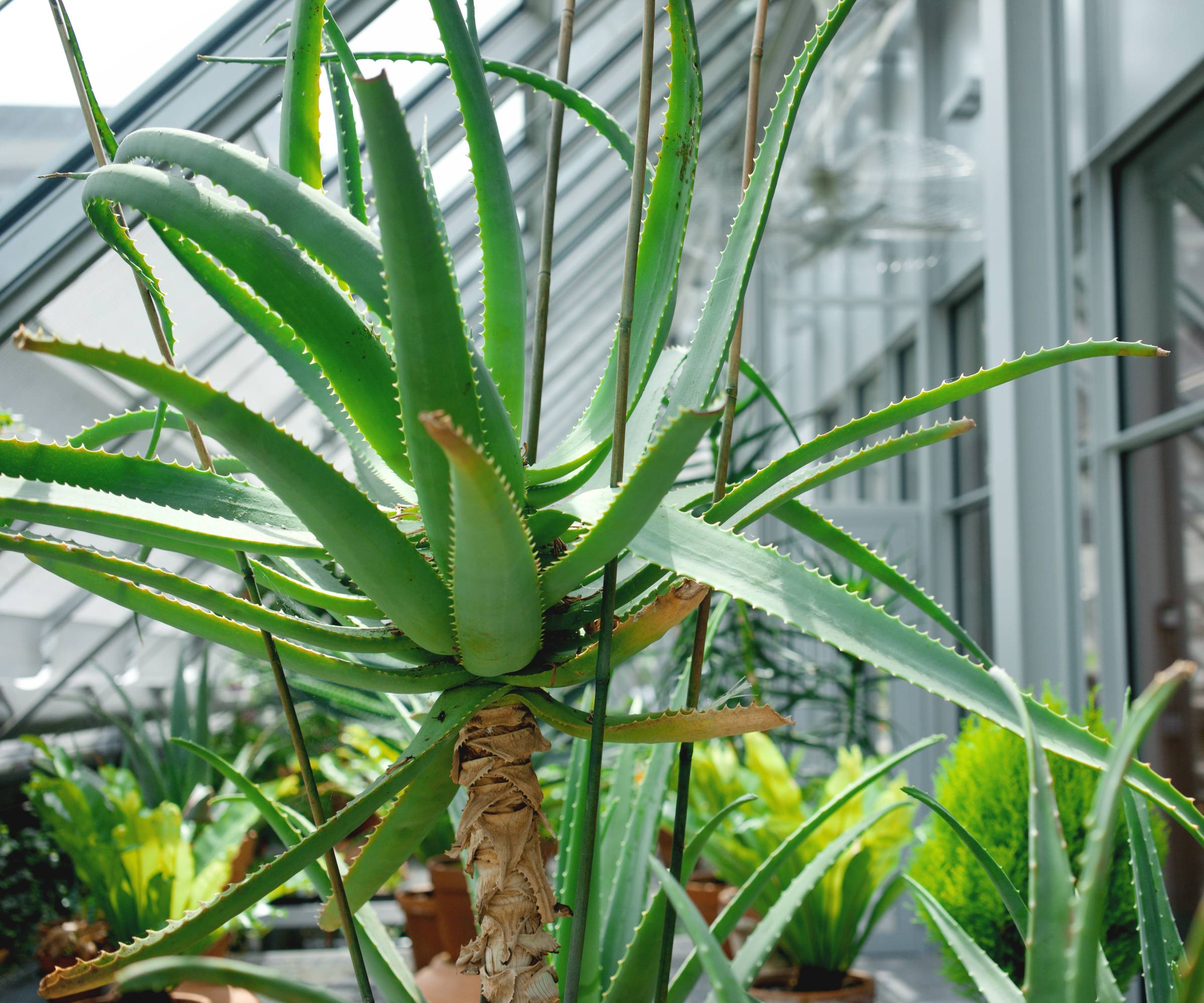
Aloe vera (Aloe barbadensis) might be a wonder balm for sunburned humans, but the chemical compounds in the latex layer of its leaves? Any dog who chews or ingests it is at risk of aloe poisoning; think vomiting, diarrhoea, tremors, and extreme lethargy.
If you want the look without the risk, swap your indoor aloe for haworthia, a completely dog-safe succulent with similar style. You can pick up three different varieties of haworthia via Amazon for under $15.
Sign up for the Gardening Know How newsletter today and receive a free copy of our e-book "How to Grow Delicious Tomatoes".
3. Hydrangeas
America’s favorite shrub, hydrangeas are iconic in cottage gardens, coastal towns and suburban yards. The leaves and flowers contain cyanogenic glycosides, though, so these big blousy blooms are bad news for dogs: think stomach upsets, breathing problems, and an elevated heart rate, to name just three issues connected with them.
Now,hydrangea poisoning is rarely severe, but it’s common simply because the plants are everywhere. Plant up some rose mallow (Hibiscus moscheutos) instead if you don’t fancy an expensive trip to the vets, then.
4. Azaleas
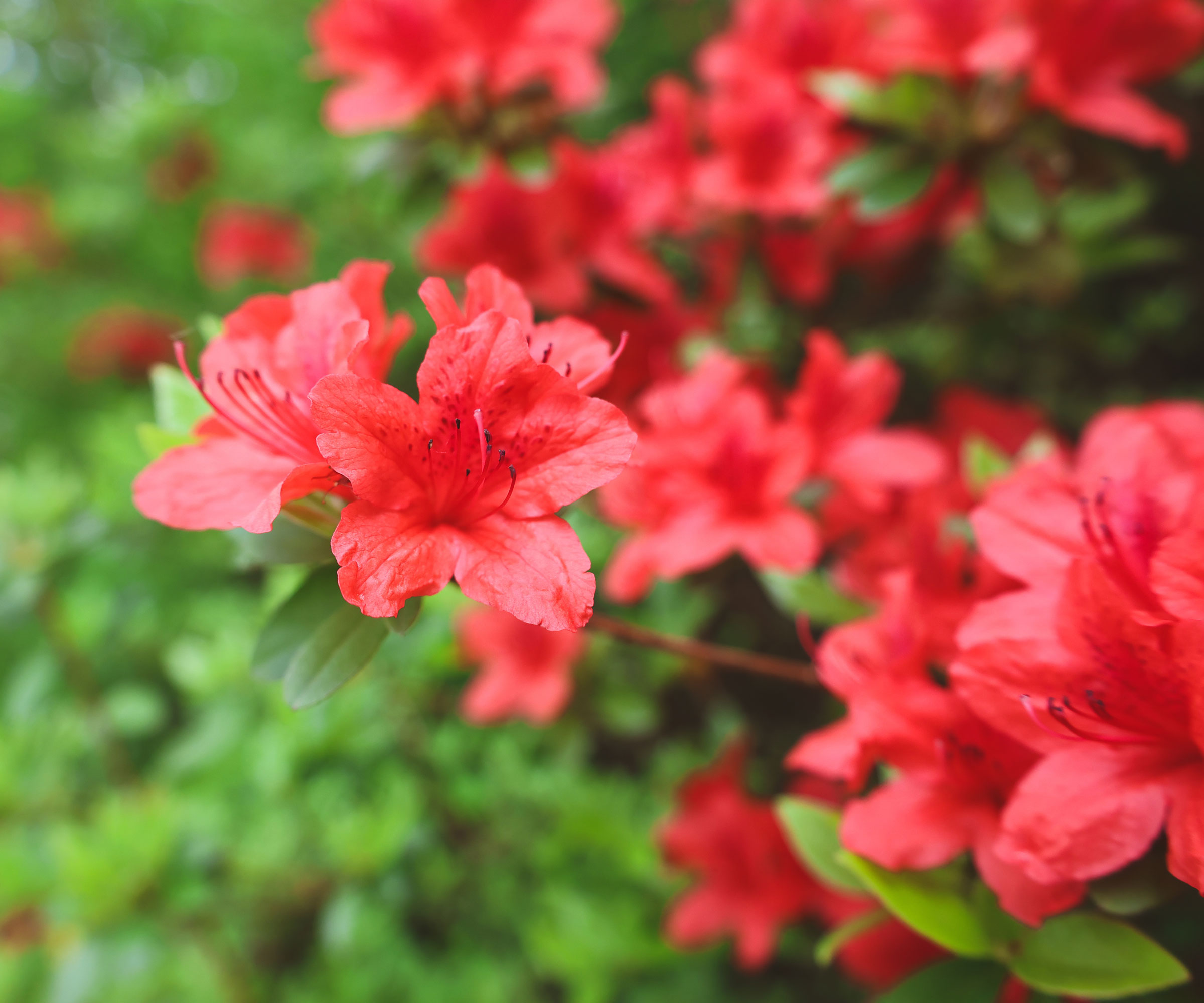
Azaleas (Rhododendron spp.) might look stunning in the spring, but they contain grayanotoxins that interfere with a dog’s heart and nervous system so severely that azalea poisoning should always be treated as an emergency.
If you suspect your dog has eaten any part of an azalea then, contact a veterinarian or the ASPCA Animal Poison Control Center (888-426-4435) immediately. And consider planting something like roses instead; thorny, true, so keep them out of your dog's eyeline... but way less deadly.
5. Daffodils
Daffodils (Narcissus) are one of those spring bulbs that spark joy whenever and wherever they bloom, but they are poisonous to dogs – and not just if they eat the flowers or bulbs: drinking water from a vase with daffodils inside is every bit as bad.
Annoyingly, there aren’t many good substitutes, as bluebells, crocuses, snowdrops, and tulips are similarly toxic for our canine companions. Instead, try potting these bulbs up or popping up barriers to stop your pooch getting at them.
Shopping essentials to keep dogs away from bulbs:
6. Alliums
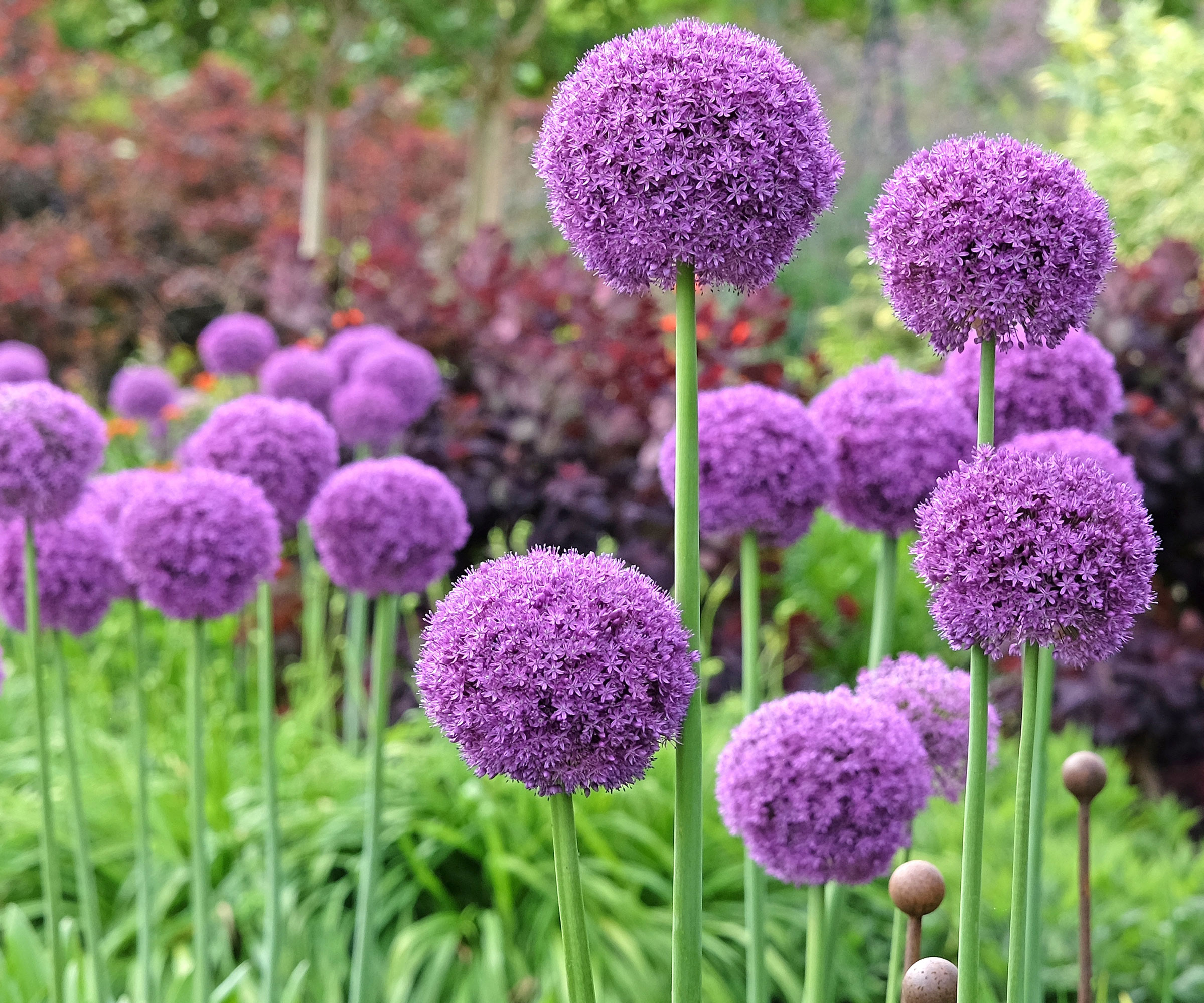
You read that right, folks: all members of the allium family – whether that’s the globe-like blooms so beloved by garden designers, chives, garlic, leeks, or onion – are dangerous for dogs.
Ingesting even small amounts when cooked or dried can result in vomiting, diarrhoea and a reduced appetite. And, worse still, allium toxins can also lead to anaemia (low red blood cell count), resulting in lethargy and breathing difficulties up to five days after they’ve eaten the offending plant.
Keep yours planted when your dog can’t get at them, then, or opt for something like fennel instead, particularly as you can use it to make (ahem) anti-flatulence dog treats.
The One Plant You Should Grow for Your Dog
Rosemary (Salvia rosmarinus) isn’t just safe for dogs; it’s actually good for them.
Yes, this fragrant Mediterranean herb is completely dog-friendly (you can even sprinkle it in meals to provide your pooch with antioxidants if you like), and it thrives in a wide range of U.S. climates, making it an ideal option for animal lovers.
Plant something like Walmart’s National Plant Network 4 in. Rosemary Live Herb Plant in your garden, keep a pot on your patio or grow it on a sunny windowsill indoors.
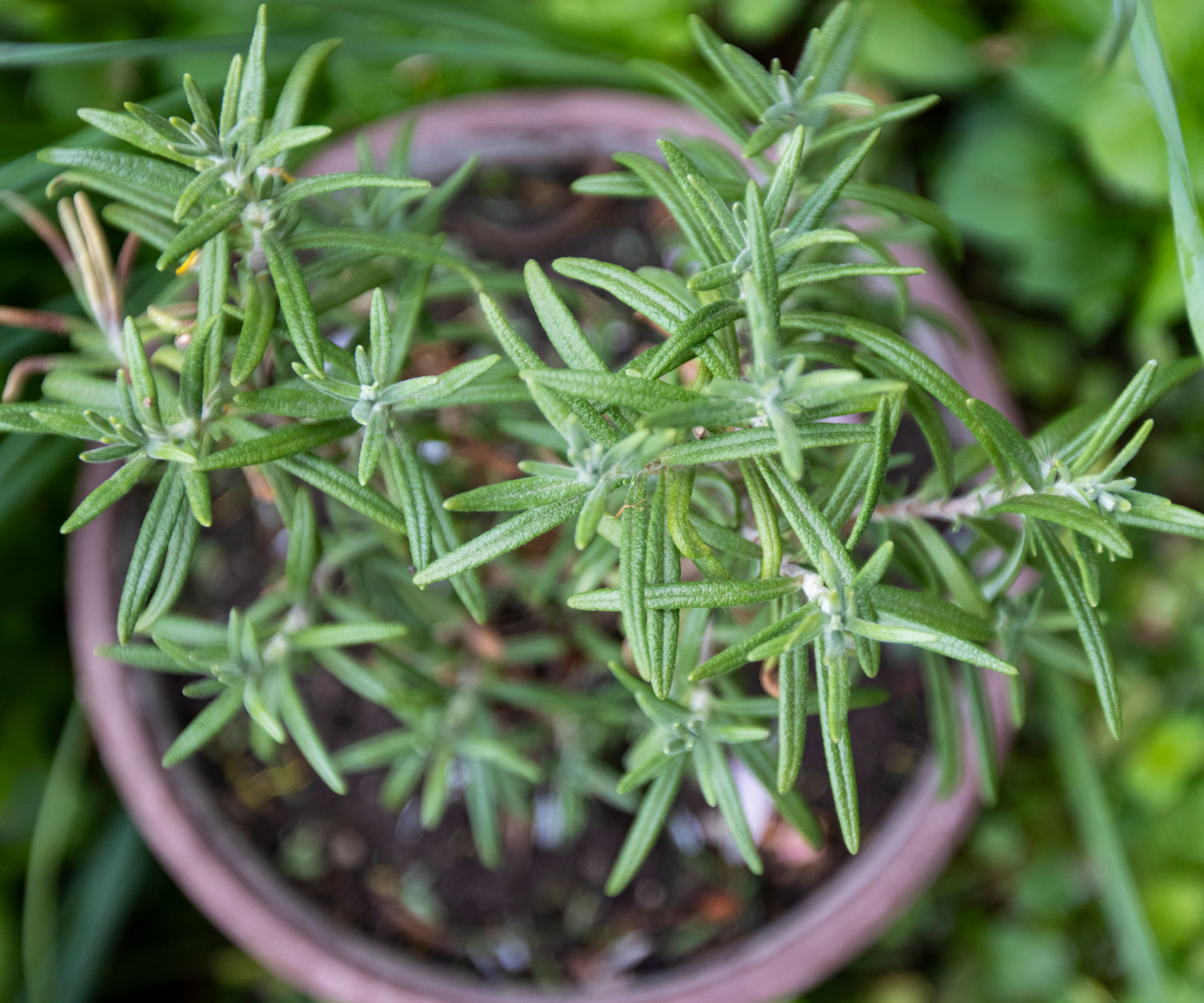
Your dog probably won’t try to eat it, but if they do? It’s not a problem, and the same is true of basil and thyme, too, which should please anyone with a herb garden.
Basically, you don’t need to give up gardening or houseplants to keep your dog safe; you just need to know what’s risky. Many toxic plants only cause issues if chewed or ingested, but prevention is always easier than an emergency vet visit.
Choosing pet-friendly options (or placing riskier plants out of reach) means you can enjoy lush greenery and a happy, healthy dog. Which, let’s face it, is all any loving owner really wants.

Kayleigh is an enthusiastic (sometimes too enthusiastic!) gardener and has worked in media for over a decade. She previously served as digital editor at Stylist magazine, and has written extensively for Ideal Home, Woman & Home, Homes & Gardens, and a handful of other titles. Kayleigh is passionate about wildlife-friendly gardening, and recently cancelled her weekend plans to build a mini pond when her toddler found a frog living in their water barrel. As such, her garden – designed around the stunning magnolia tree at its centre – is filled to the brim with pollinator-friendly blooms, homemade bird feeders, and old logs for insects to nest in.
